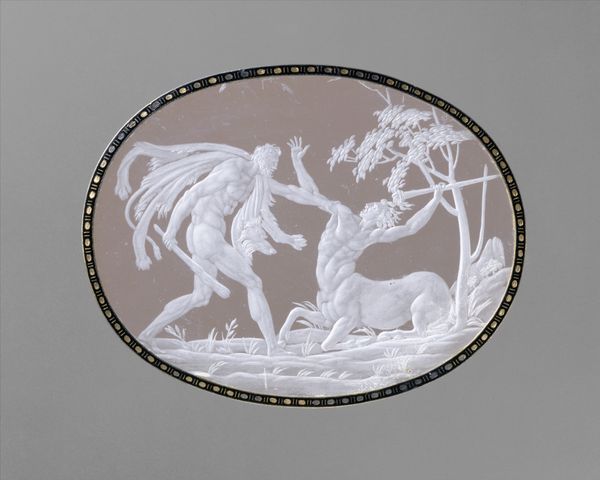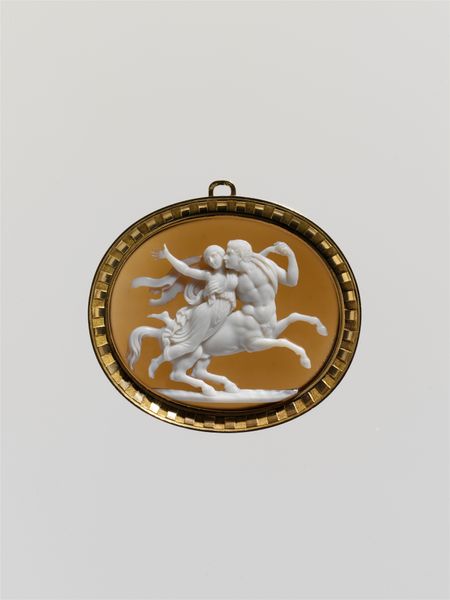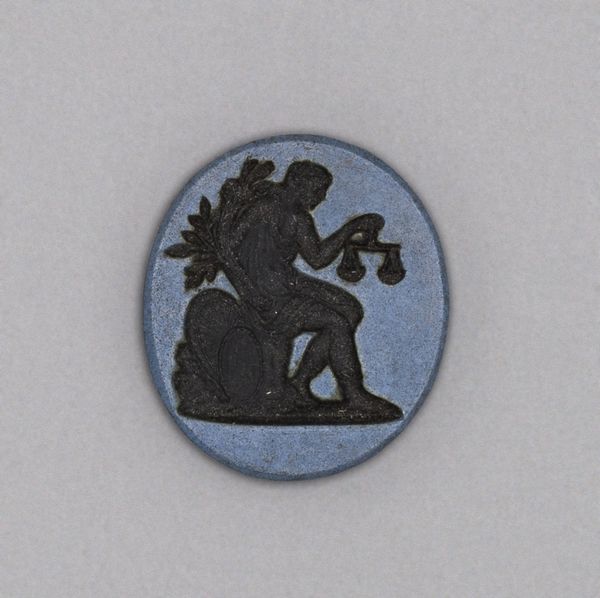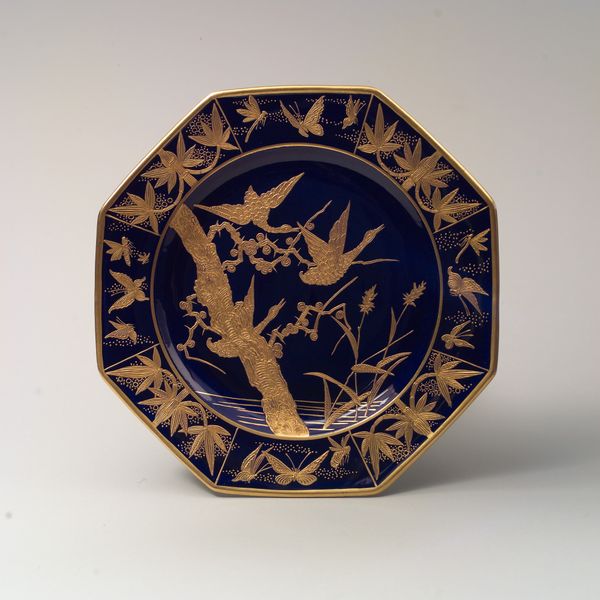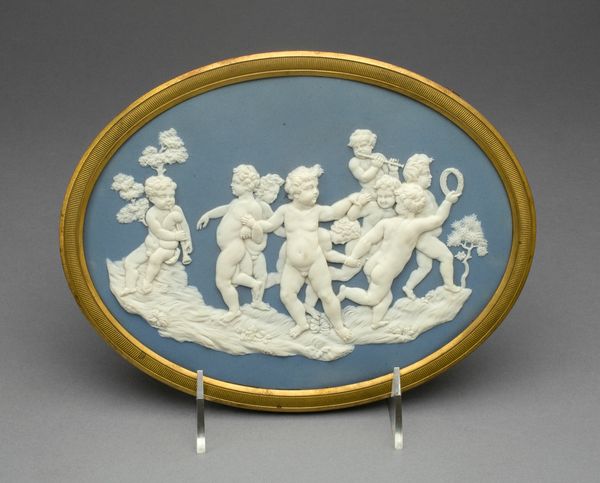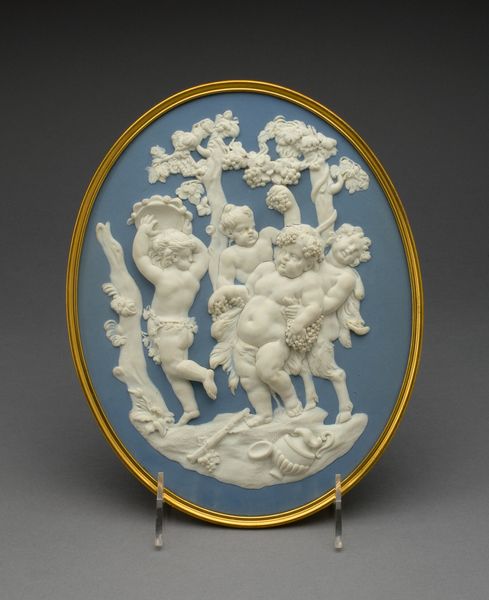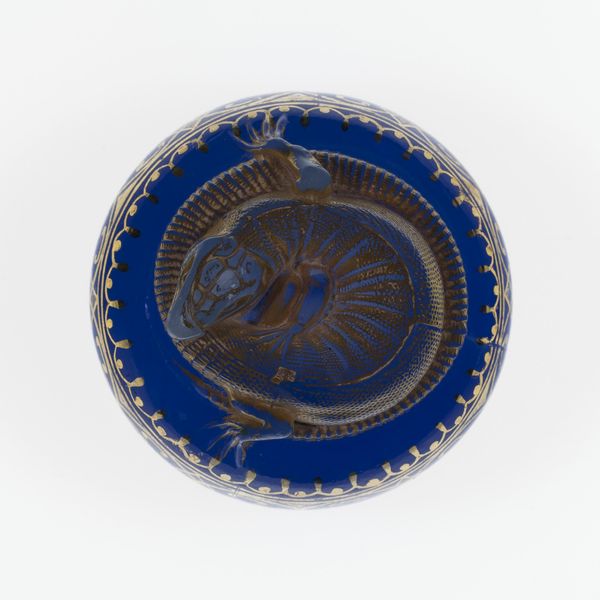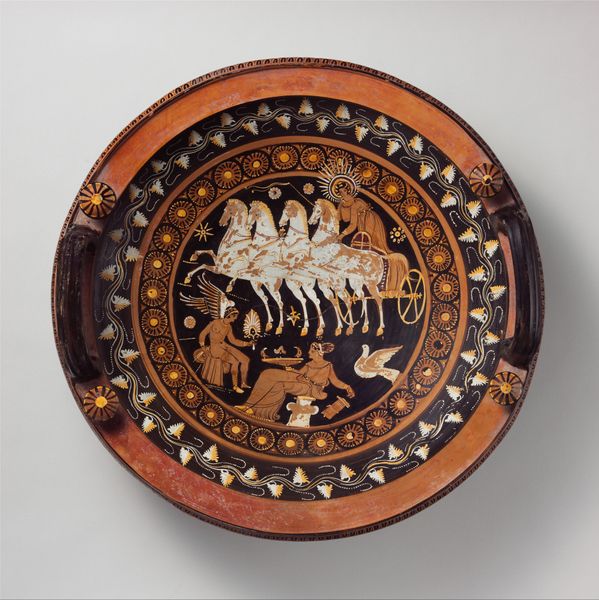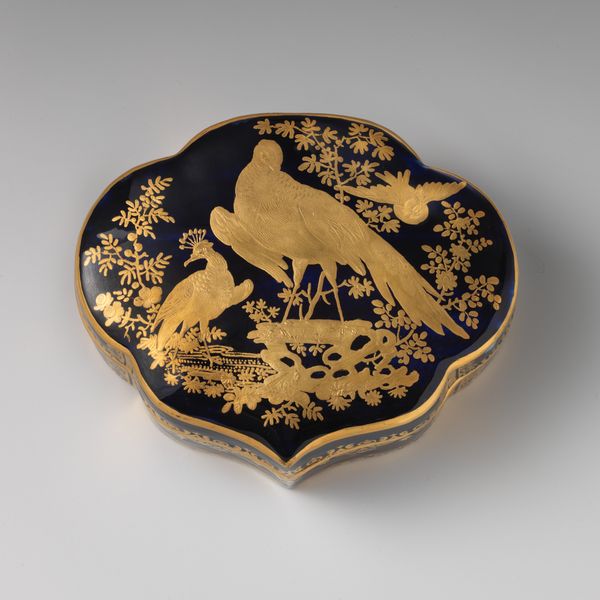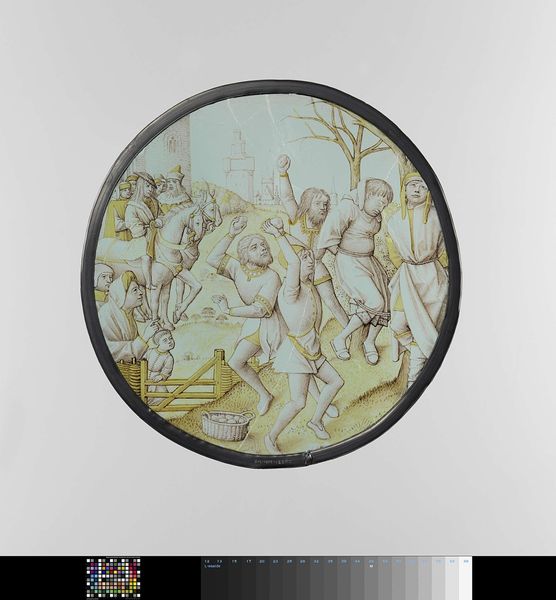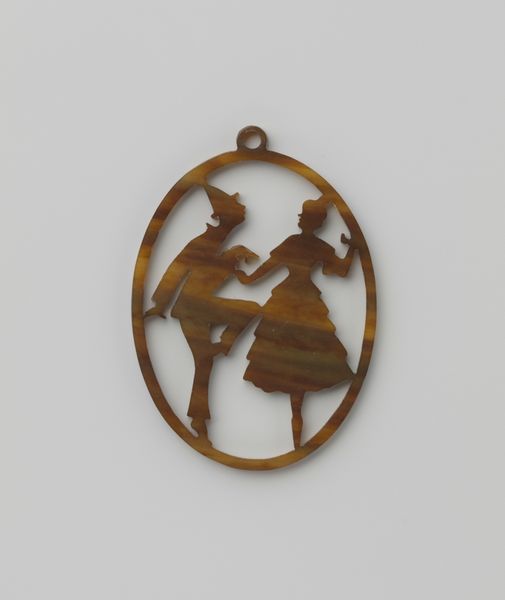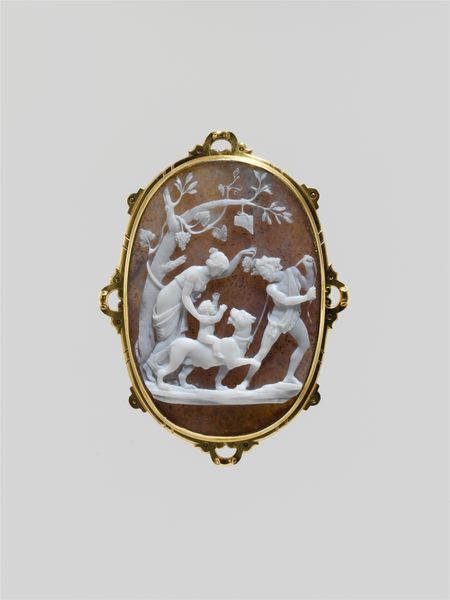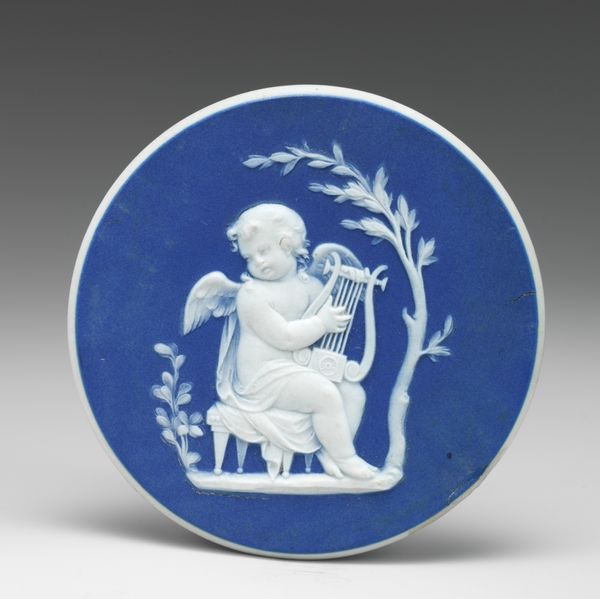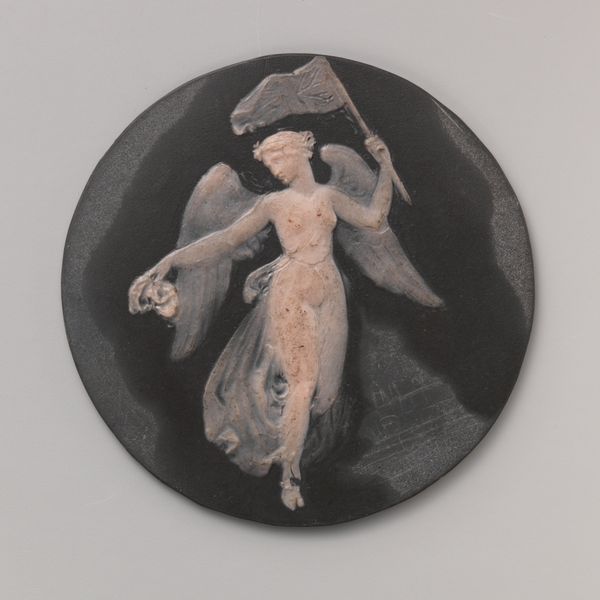
carving, sculpture, ivory
#
negative space
#
carving
#
allegory
#
narrative-art
#
greek-and-roman-art
#
figuration
#
ancient-mediterranean
#
sculpture
#
horse
#
decorative-art
#
ivory
Dimensions: Overall: 3 x 2 3/16 in. (7.6 x 5.6 cm); 76.3 x 56.2 x 7.1 mm
Copyright: Public Domain
Editor: This is "The Fall of Phaeton" by Adolphe David, dating somewhere between 1850 and 1875. It's a carving made of ivory. I am struck by the dynamism here – Phaeton looks like he is in complete freefall, the horses going wild, the clouds swirling all around. What strikes you the most about this carving? Curator: Ah, yes! It’s quite the dramatic tumble, isn’t it? You know, seeing Phaeton’s fall, I'm reminded of Icarus – another Greek myth about reaching too high, flying too close to the sun. The piece evokes for me a kind of cautionary tale, a meditation on hubris perhaps? I am fascinated by the contrast between the smooth polish of the ivory and the frantic energy of the scene. The artist must have relished bringing such movement to life on such a delicate surface. Doesn't it make you wonder about the challenges of working with ivory in such intricate detail? Editor: Absolutely! I had not even thought about the physical process! It seems so daring. Do you see other symbolic details within this carving? Curator: Definitely! Look closely at the horses—they're not just pulling a chariot. In my view, they are a force of nature unleashed. Each seems to represent primal chaos, right? The fact that they are going against their rider speaks volumes, as a stark counterpoint to man's quest to reign above his station in nature. Editor: That's a fantastic interpretation. So it is the story and the craft of working with such material intertwined that communicate to you? Curator: Precisely! Each telling enhances the other. I am off now to seek my own wild stallions. Bye for now. Editor: That was really interesting. I see it anew! Thanks!
Comments
No comments
Be the first to comment and join the conversation on the ultimate creative platform.
